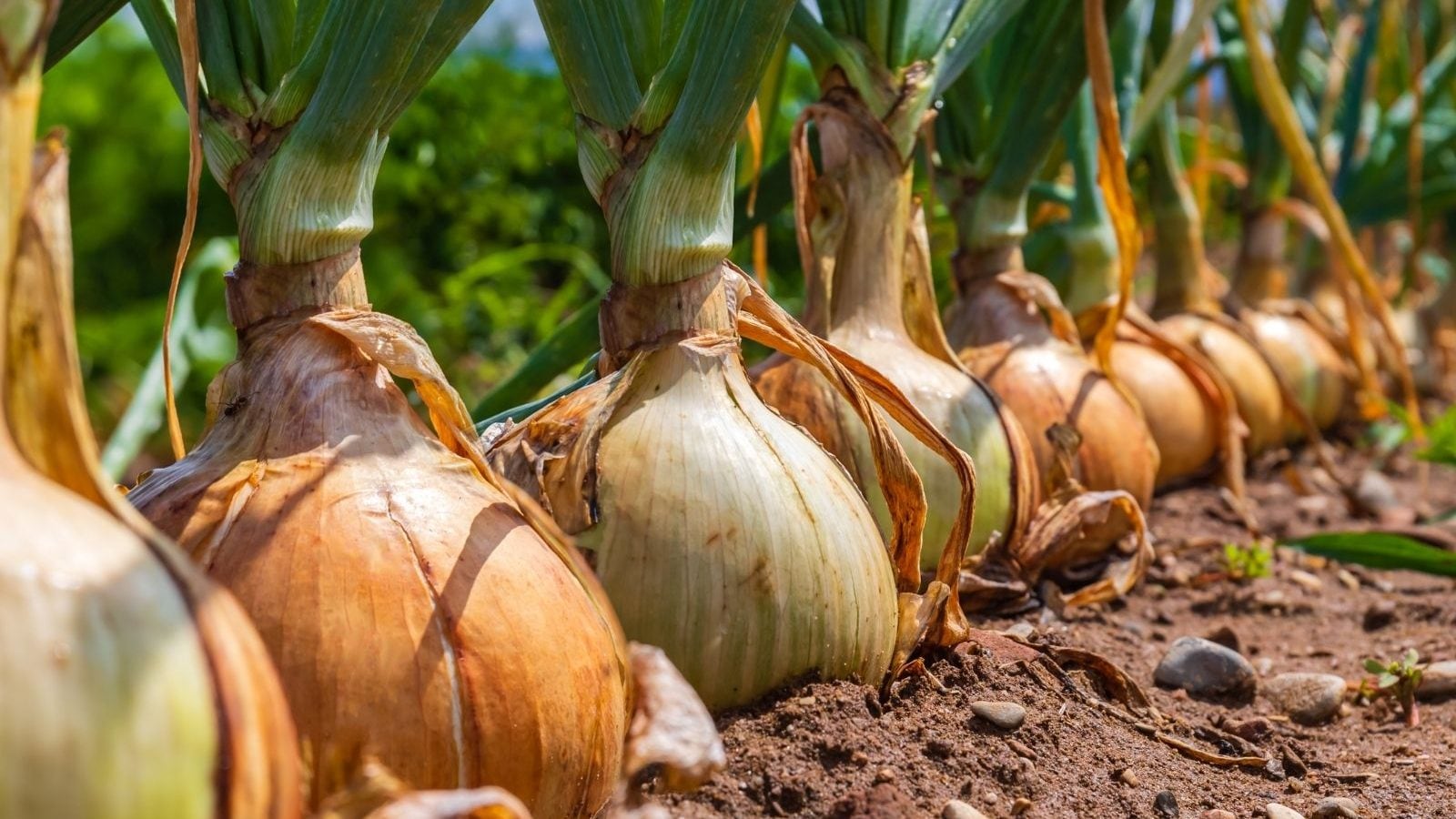Recently, the government announced the digital expansion of the sector. (Image for representation/Shutterstock)
Agriculture still needs to be redesigned and involve many technologies. Let’s look at some of the innovations that can completely transform agriculture.
Agriculture is India’s largest sector, contributing almost 75% to the country’s GDP through agriculture or other agricultural services. Over time, agriculture has boomed with the evolution of technologies and advancement tools. Animal stocking has been replaced by tractors and now by other machines. Cutting crops is no longer a manual activity.
Just like that, technology has turned out to be the magic spell of the agricultural sector. Recently, the government announced the digital expansion of the sector which will give space for digital start-ups to step in and bring a revolution in the sector.
Agriculture still needs to be redesigned and involve many technologies. Let’s look at some of the innovations that can completely transform agriculture:
- 3D chemical printing
3D printers, if introduced in India, can revolutionize agriculture. With this technology, farmers will be able to produce important agricultural chemicals such as herbicides, pesticides and veterinary drugs on their farms alone. It will not require extra time as it can be produced anywhere, anytime. 3D printing requires three important elements: a software application, a 3D printer and chemical inks. The technology is currently not available in India. However, if this inexpensive technology comes to India, it can transform agriculture. - Aquaponics
The fusion of two technologies can produce food in a sustainable environment even in urban areas. The technology uses the technique of hydroponics, that is, the way of growing plants in water without soil, as well as fish farming. It is estimated that we will have more than 70% urbanized areas by 2050, taking into account the increase in population. In such cases, the world needs an alternative to traditional agriculture. Aquaponics is that alternative. It is a loop system that not only delivers nutrients to plant roots through water, but also creates a system that uses less water and less energy. - Remote Sensing and Internet of Things
Remote sensing technology enables farmers and other stakeholders to make management decisions based on landscape-level datasets, taking into account soil type, depth to water table, land cover, resource use, ecosystem data, pest and disease data, and weather. While this data can come from sensors on the landscape or on satellites, there are increasing opportunities to use unmanned aerial vehicles (UAVs) or drones to monitor local land use and obtain real-time satellite information using the Internet of Things or IoT. - Digital imaging using smartphones
A new low-cost hyperspectral imaging sensor for smartphones could provide an easy way in developing countries to quickly detect crop diseases and significantly reduce crop losses. This technique allows expansionists to scan plants for disease signals, which can match databases of possible diseases and recommend interventions. As new diseases are discovered, scalers can also add them to the database while building the database and providing an early warning system. - Sentinel Plants
Sentinel plants, also called signal plants, act as indicators of biotic or abiotic stress in cropping systems. They provide early signals of crop stress such as leaf color change. These plants can provide an early warning of emerging pests and diseases, nutrient deficiencies or changes in soil conditions.
Keywords: Agriculture, Technology
Read all the latest news, breaking news and updates on coronavirus here.











More Stories
Sri Lanka’s post-harvest losses in agricultural sector exceed Rs. 55 billion – – The island
SAU Vice-Chancellor emphasizes effective research in agricultural sector
Agriculture sector threatened by climate change, expert says – Pakistan